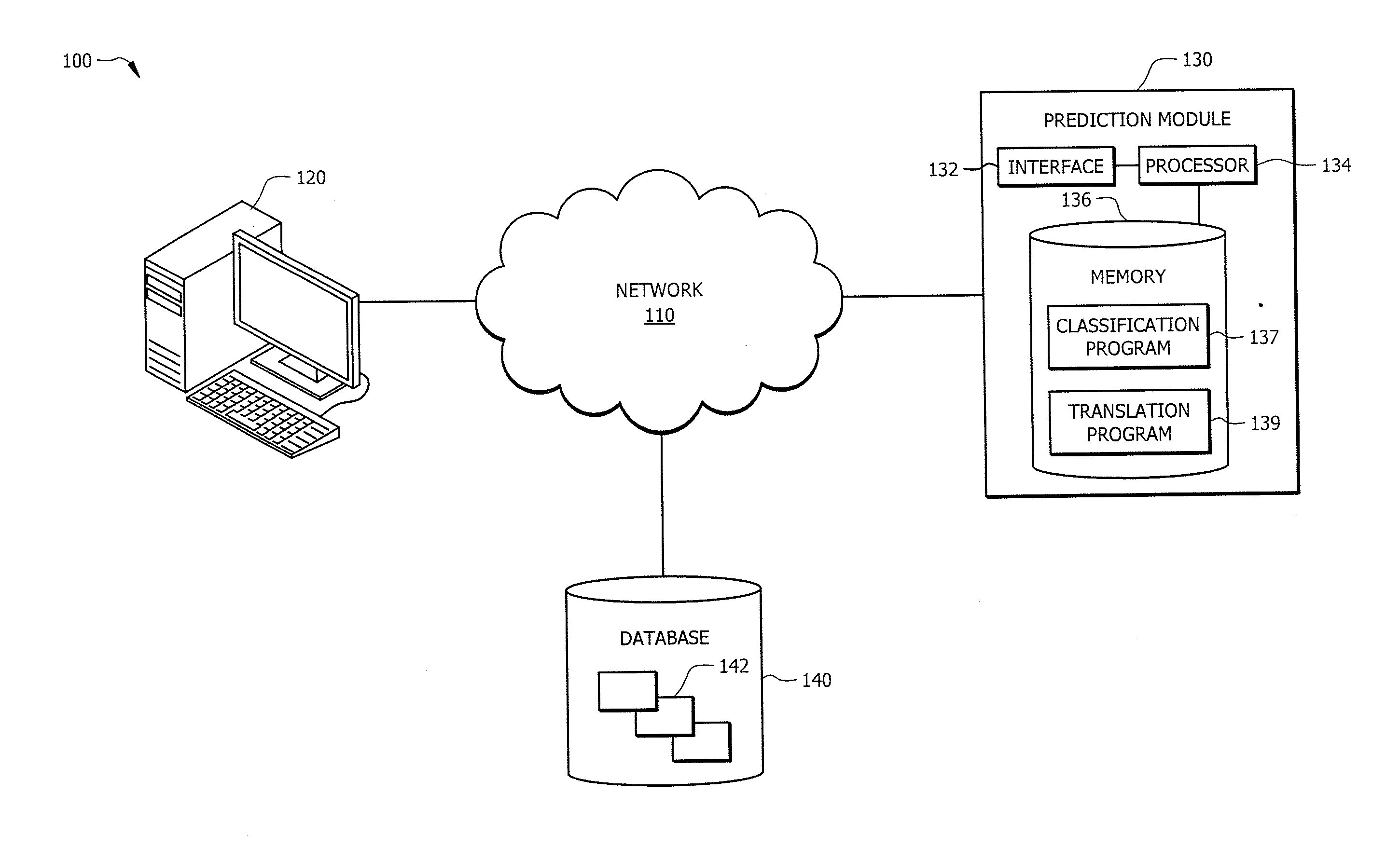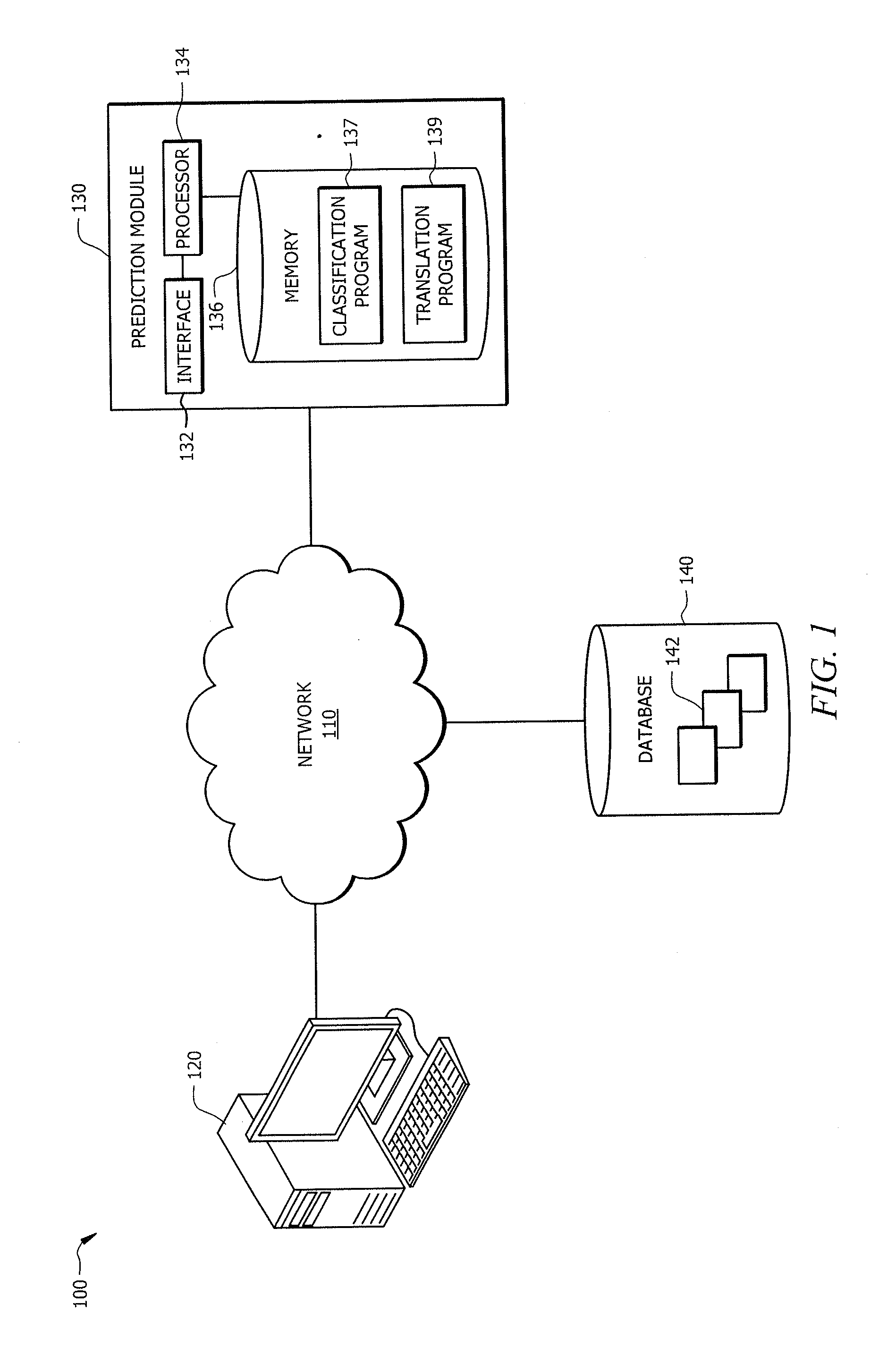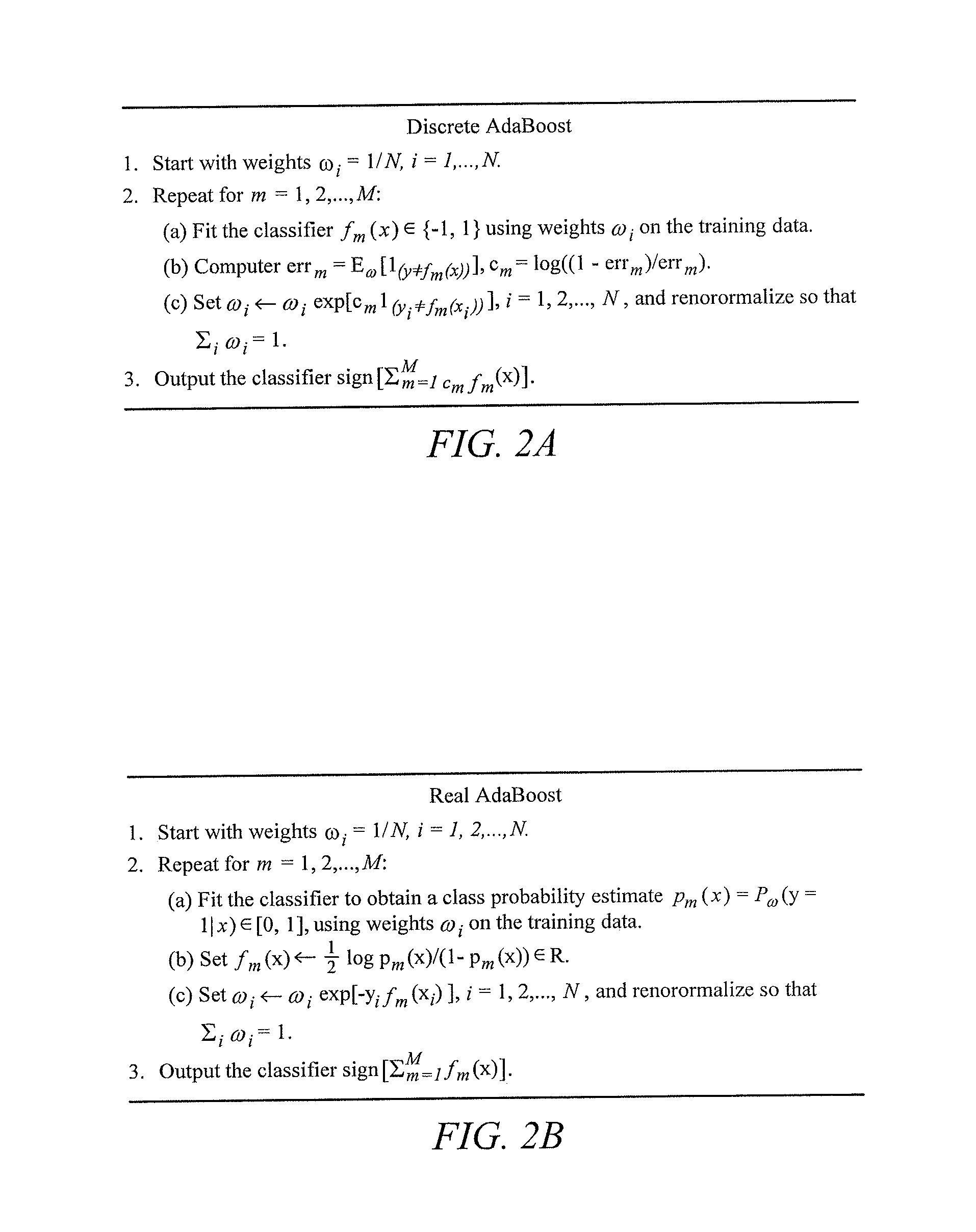Transforming predictive models
a predictive model and transformation technology, applied in the field of modeling, can solve problems such as the challenges of predictive models for enterprises, and achieve the effects of reducing the complexity of algorithms, and reducing the “black box” nature of algorithms
- Summary
- Abstract
- Description
- Claims
- Application Information
AI Technical Summary
Benefits of technology
Problems solved by technology
Method used
Image
Examples
Embodiment Construction
Glossary:
[0020]Application represents any suitable software or logic that allows a user to access information, provides information to a user, and / or facilitates interactions between components within a system or between users in a system.
[0021]Consumer represents a person that uses financial products or financial services, or, in reference to a commercial transaction, a consumer is the person or entity purchasing a good or service.
[0022]Dataset represents a collection of data. A dataset may include data from a single database or from multiple databases. A dataset may be broken into a training dataset, a validation dataset, and a testing dataset.
[0023]Financial Institution represents an individual, business, company, or organization that engages in financial activities and / or provides financial products and / or services, which may include, but are not limited to, banking and investment activities, such as maintaining accounts (e.g., transaction accounts, savings accounts, credit acco...
PUM
 Login to View More
Login to View More Abstract
Description
Claims
Application Information
 Login to View More
Login to View More - R&D
- Intellectual Property
- Life Sciences
- Materials
- Tech Scout
- Unparalleled Data Quality
- Higher Quality Content
- 60% Fewer Hallucinations
Browse by: Latest US Patents, China's latest patents, Technical Efficacy Thesaurus, Application Domain, Technology Topic, Popular Technical Reports.
© 2025 PatSnap. All rights reserved.Legal|Privacy policy|Modern Slavery Act Transparency Statement|Sitemap|About US| Contact US: help@patsnap.com



